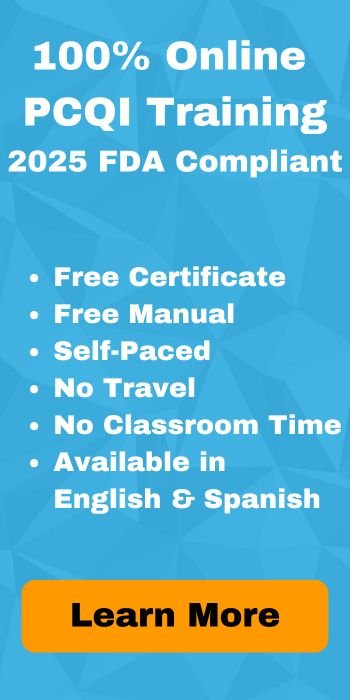Even if you’re a veteran with years of experience in food safety, it’s always a good thing to brush up on the basics and make sure you’re meeting all local, state, and federal safety requirements at your facility.
Here are 5 of the most important food safety personnel practices you need to integrate into your food safety plan.
-
Pest Control Measures
Pests are always a threat at food production facilities. Insects like cockroaches and vermin, like rodents, can spread disease and are not hygienic. It’s important to take steps to combat pests, like screening for pests at your facility regularly, securing and storing all food in pest-safe containers, and taking other steps to reduce the likelihood that pests will find your facility welcoming.
-
Cross Contamination Measures
Cross-contamination refers to contaminating one type of food with another, such as cutting raw meat on a cutting board used to prepare fresh, uncooked vegetables, or processing peanuts using machinery used to make foods that don’t contain nuts.
Cross-contamination leads to issues like non-declared allergens in food, food-borne diseases like salmonella, and the growth of harmful bacteria. To avoid cross-contamination and ensure your facilities are set up to minimize risk, make sure your team is adequately trained.

-
Correct Handling Storage and Transportation
Food handling and storage is another critical part of proper food safety. Frozen foods must be kept frozen at temperatures below 0° F, and refrigerated foods must always be held at a temperature of 40° or below.
All food products that are meant to be refrigerated or frozen must also be processed immediately and never left out in room temperature environments, as this can cause the proliferation of food-borne pathogens.
-
Sanitation
Proper sanitation and cleaning of all tools and equipment are essential for food safety. Food safety personnel should make sure that their facility has a sanitation plan in place to wipe down, clean periodically, and process all instruments and equipment used to prepare food. In addition, make sure that employees follow sanitation guidelines like proper handwashing and respiratory hygiene best practices.
-
Safe Cooking Practices
Your team members must follow all safe cooking practices, including:
- Washing hands regularly, especially before and after touching food ingredients and finished product
- Separating ingredients to minimize cross-contamination.
- Observing proper safe cooking temperatures and cooling practices
Following these rules and Good Manufacturing Practices helps prevent food-borne illness, increases your product quality, reduces liability, and ensures that you are abiding by all relevant federal, state, and local requirements.
Contact ImEPIK for Food Safety Training Today!
ImEPIK’s courses are based on the FDA’s standard curriculum, but instead of in-person lectures, we leverage our interactive online platform. You can take PCQI Online Course at your pace and on your schedule.
Have questions? Reach out to us via our webchat or call us at (866) 318-9855.

